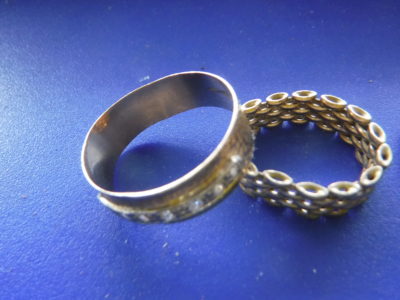The first thing I would point to is coil control. With this detector–coil control is the activator of all the other target info coming in. When you learn to use the Equinox coil to perform tests (sweep direction, length, speed) the results will be there in the audio and on the meter. Try some practice hunting in G2 with a low block rejected (0 to 6) to settle the audio down. Test each signal on the cross sweep and note how caps and anything odd shaped will “stutter” and hesitate. Smooth responses will be clean metals (not alloys or anything with iron / steel content like caps). Using this method has upped my beach accuracy by miles and at the most heavily hunted site in Canada–I now look for the areas with the most junk to pick though using this method. (Take the volume down a bit–it’s sharp and loud). This is also a good way to learn to listen for responses with extension in the tone. The Equinox’s gold field quality noise reduction and iron rejection are amazing tools with some practice.
Two Tone in Beach 2 is interesting to experiment with as well. B1 is a lot harder to stabilize but it can be done–certainly in fresh water but in salt there is this “bittyness” to the tone–its harder to listen for extension in a good response. B2 has great stability in salt. Not crazy on how the low tones stand out in 5 or 50 but if you run a Tone Selection of 20 (T2 in Two Tone) gold sounds off really well and carries better– deeper–try it! Kind of like the Jays Gold Program middle tone for the CTX–perfect. You can also custom tune the Tone break (both models) to up above the seabed ground noises. Running 2 Tone is also a better deep water method –louder all around.
For more information on improving your accuracy with the Minelab Equinox check out my book: “The Minelab Equinox: From Beginner to Advanced.”
Ordering and Reviews: https://clivesgoldpage.com/
Good Luck Detecting clive

Some Equinox 800 gold -from the water.